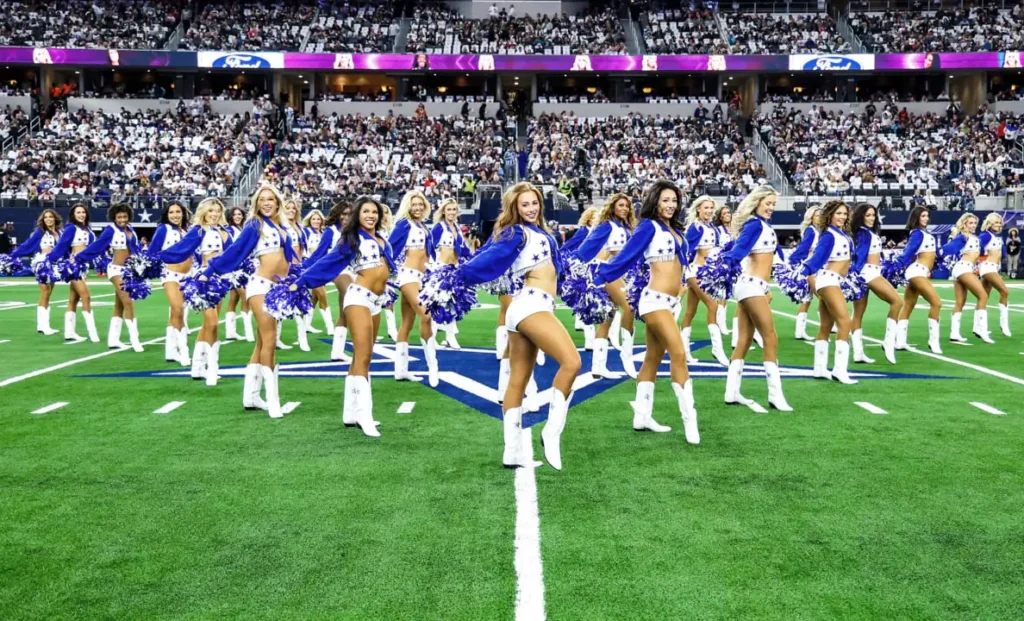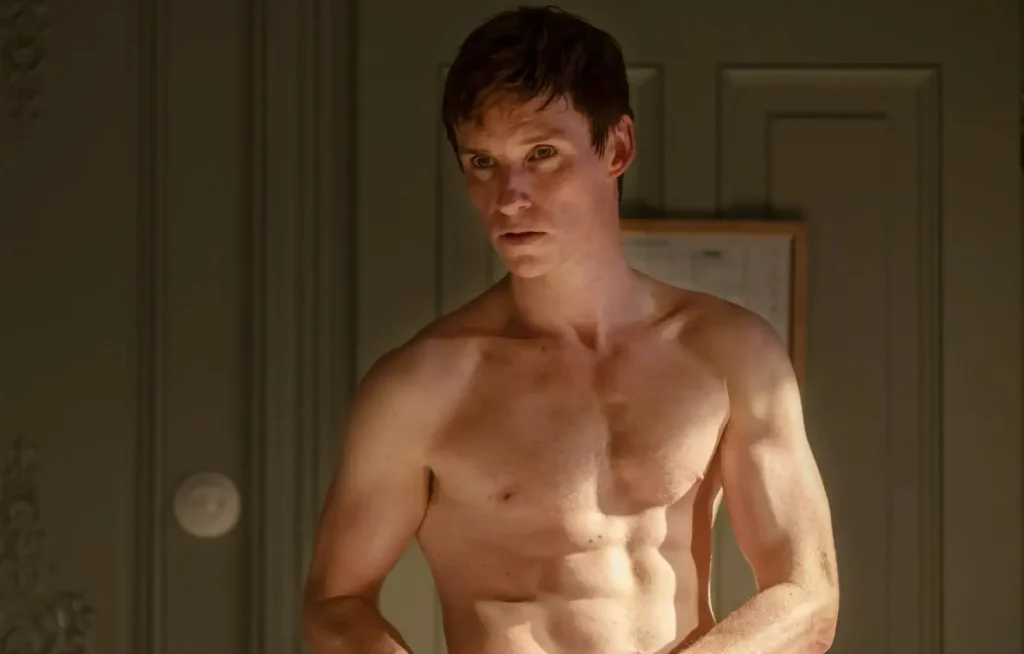Type and hit Enter to search
Experts in aesthetic surgery, dermatology, and beauty bring you the latest trends, research, and advice to help you make informed decisions about your appearance and health.
A web platform dedicated to aesthetic surgery, dermatology, and beauty, where expertise meets innovation, and your desires and needs become our mission. In a world where appearance and health go hand in hand, our platform leads the revolution, delivering the latest trends, research, and expert advice directly to you.
Our team consists of highly skilled professionals in the fields of aesthetic surgery and dermatology, committed to providing reliable information and guidance that will help you make informed choices about your appearance and well-being. We understand that every individual has unique needs and desires, which is why we approach each person with the utmost care and professionalism.
Powered by Aestetica Web Design © 2024
The Hidden Darkness Beneath Sweetheart Dallas Cowboys Cheerleaders & Netflix Show
Ever wondered what it’s really like behind the glittery facade of the Dallas Cowboys Cheerleaders? Sure, they’ve got the smiles, the kicks, and the boots, but being America’s Sweethearts comes with a not-so-sweet price. Between the skimpy paychecks, soul-crushing training, and a uniform that just has to fit, is it all really worth the jump splits? Welcome to the real-life drama behind the pom-poms.
America’s Sweethearts or Just Broken Hearts? Inside the Dallas Cowboys Cheerleader Saga
The lights are blinding, the roar of 100,000 fans deafening. Onto the field step the Dallas Cowboys Cheerleaders, a dazzling spectacle of blues, silvers, and whites. Each member, with their flawless smile and perfectly toned body, embodies the fantasy of the American Dream in star-spangled hot pants and crisp white cowboy boots. The crowd erupts into cheers. These are not just any cheerleaders; these are the Dallas Cowboys Cheerleaders, the crème de la crème of the sport.
“They’re everything America stands for,” said a fan in the stands, eyes glued to the field. “Athleticism, beauty, and all-American values rolled into one perfect package.”
But what’s behind those perfect smiles and the glittering performances? That’s the question the Netflix docu-drama, America’s Sweethearts: Dallas Cowboys Cheerleaders, tries to answer. Since its release in late June, it’s been an irresistible magnet for viewers. Directed by Emmy-winning filmmaker Greg Whiteley, the show pulls back the curtain on the 2023-24 selection process, revealing both the glamour and the grind.
“It’s like watching a dream and a nightmare unfold simultaneously,” one viewer tweeted after binge-watching the series.
The Glamour and the Grit
Starting with 500 hopefuls, the selection process is brutal. Grueling auditions, countless hours of practice, and relentless pressure whittle down the group to just 36 lucky women. “It’s like being on a rollercoaster that only goes up… and then crashes,” one contestant said with a nervous laugh during the show.
These 36 women will spend the next year cheering for the Dallas Cowboys, the world’s most valuable sports brand, worth an eye-watering $10.32 billion. The stakes are high, and so are the expectations.
“They tell you it’s the opportunity of a lifetime, but they don’t tell you how much of yourself you’ll have to give,” confessed veteran cheerleader Caroline. Her words resonate deeply, as the show peels back layers of a story that’s not just about dreams fulfilled but also about casual misogyny, exploitation, and life-altering injuries.

The Dark Underbelly
Critics haven’t minced words about the series. “There’s plenty to horrify,” wrote one reviewer, citing the grueling physical toll, the abysmal pay, and the blatant objectification. Another reviewer described the cheerleaders as both “athletes at the pinnacle of their sport” and “casualties of a deeply misogynistic society.”
The audience isn’t holding back either. “If you have a sister, this show will break your heart,” one user tweeted. Another lamented, “So upsetting, but I just can’t stop watching.”
At the heart of it all are two women, Kelli Finglass and Judy Trammell, both former Dallas Cheerleaders themselves. As the head coach and choreographer, respectively, they are the architects of this glittering yet punishing world. Their mission? To maintain the legacy of the Dallas Cowboys Cheerleaders: a mix of “glitter and God, smiles and sisterhood,” as Kelli often says.
“Every girl wants to be a part of something bigger than themselves,” Kelli explained in one episode. “But not everyone can handle what it takes.”
The cheerleaders, desperate for a shot at glory, endure the pain, the criticism, and the unforgiving demands placed upon them. “You don’t say no to Kelli,” one of the girls admitted after receiving a particularly harsh critique. “You just smile and say, ‘Yes Ma’am.’”
The Pressure to Fit the Mold
From the moment a girl tries on the team’s skimpy uniform, the pressure is palpable. “You look amazing!” Kelli exclaims to one girl. But then, as quickly as the compliment came, the criticism followed: “But we need to talk about your hips.”
This relentless scrutiny isn’t new. The old DCC rulebook once stipulated that gaining weight was a “breach of contract.” The legacy lives on, as the uniform is only fitted once, and must fit perfectly throughout a cheerleader’s entire tenure, no matter how long that may be.
Victoria Kalina, daughter of a former Dallas Cheerleader and a friend of Kelli’s, knows this pressure all too well. Despite her connections and her years on the team, Victoria has always been the odd one out. “She tries too hard,” said a teammate off-camera, echoing a sentiment many seem to share.
In one particularly poignant scene, Victoria sits on her childhood bed, surrounded by pink walls that scream of a dream that never quite grew up. “I’ve struggled with depression and eating disorders,” she confesses. “And every time I put on that uniform, I think I need to lose at least three pounds.”
Despite her struggles, Victoria returned for a punishing fourth year, driven by something even she couldn’t quite explain. But by the end of the season, she’d had enough. “If you’re giving so much and it’s not being reciprocated… what’s the point?” she asked. Today, Victoria dances for the Radio City Rockettes, leaving the Dallas Cowboys Cheerleaders behind for good.
A Culture of Silence
But the show isn’t just about the struggles within the team. It also sheds light on the toxic culture that surrounds them. Cheerleader Sophy Laufer’s story is a stark example. After filing a police report against a game-day photographer who allegedly touched her inappropriately, Sophy expected support. Instead, she received skepticism from Kelli.
“You really want to press charges?” Kelli asked with a raised eyebrow, clearly shocked at Sophy’s decision.
No one mentioned the multi-million-dollar settlement the Cowboys had reached just two years earlier, after four former cheerleaders accused a high-ranking Cowboys executive of filming them in their changing rooms. The Cowboys denied any wrongdoing, of course, but the whispers of that scandal linger like a dark cloud over the team.
The Physical Cost of Perfection
The physical demands on the cheerleaders go far beyond staying slim. The team’s signature move — the ‘jump split’ — is a knee-shattering stunt that leaves many of the dancers injured. “I don’t know who thought that was a good idea,” said veteran cheerleader Caroline Sundvold. “That’s what rips up people’s hips.”
Caroline herself postponed reconstructive surgery on her hip just to finish her final season with the team. “It’s worth it,” she insisted, even as she hobbled on crutches. Her best friend Kat wasn’t so lucky, tearing both hips and needing extensive surgery to repair the damage.
But for Kelli and Judy, changing the routine is out of the question. “The fans love it,” Judy said with a shrug.
Is It All Worth It?
As much as the show exposes the grueling reality of being a Dallas Cowboys Cheerleader, it also leaves us questioning the cost of it all. Caroline, now working as an account manager for a medical equipment company, admitted, “Sometimes I wonder… did I just leave behind the best years of my life?”
And while the exact salary figures remain elusive, we do know that the cheerleaders are paid far less than their male counterparts on the football field. Kat, the same cheerleader who tore her hips, revealed in the first episode that she earned the same as a full-time worker at Chick-fil-A. It wasn’t until a former cheerleader sued the Cowboys in 2018 for paying them less than minimum wage that any changes were made.
“Why do we do it?” Kelsey Wetterberg, a fifth-year cheerleader who also works as a pediatric nurse, pondered aloud during the show. “Because it’s five years of your life, and it’s something bigger than you.”
The Illusion of Sisterhood
Despite everything, the cheerleaders constantly reaffirm their love for each other. “I love you so much!” they cry, hugging and comforting each other through every setback. “I’m so proud of you!” “You look so cute!” It’s a sisterhood built on shared dreams, struggles, and, ironically, a shared sense of sacrifice.
Perhaps the most poignant character in this narrative is Reece Allman, the star of America’s Sweethearts. Impossibly beautiful, a devout Christian, and an incredible dancer, she embodies the ideal DCC. During interviews, Reece explained that her dance skills were a gift from God, and her sole purpose was to glorify Him through her performances.
“When people watch me cheer, I want them to see Jesus,” she said earnestly, her soft-spoken words capturing the essence of the complex interplay between innocence and fierce sexuality that the team demands.
Is It All Just “9 to 5”?
In one of the most ironically perfect moments of the series, Dolly Parton performs her iconic hit “9 to 5” during the Dallas Cowboys’ Thanksgiving game halftime show. As the cheerleaders perform their perfectly choreographed routine, Dolly’s lyrics ring out: “Workin’ nine to five, what a way to make a livin’ / Barely gettin’ by, it’s all takin’ and no givin’.”
Written back in 1980, those words couldn’t seem more appropriate under the bright lights of AT&T Stadium today. The show may be called America’s Sweethearts, but behind the smiles and high kicks, there’s a much darker reality that no amount of glitter can hide.






